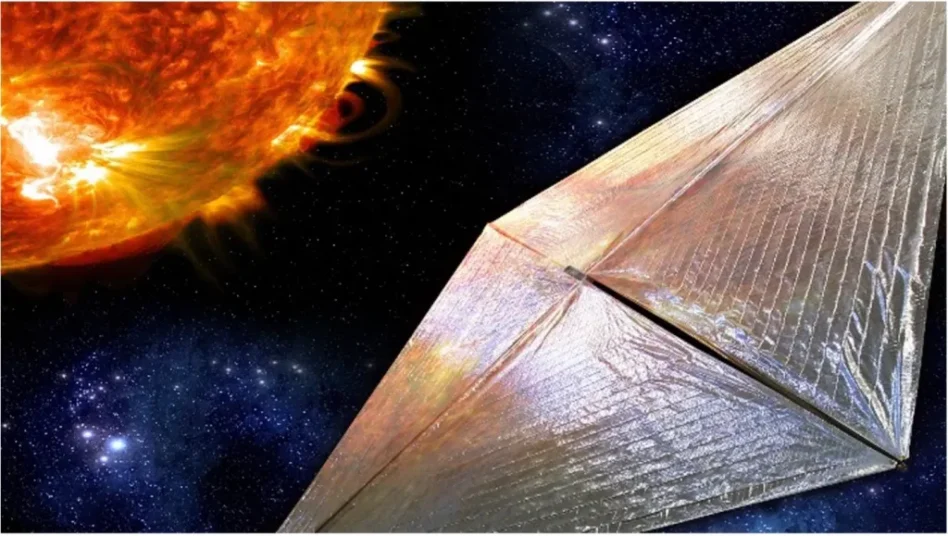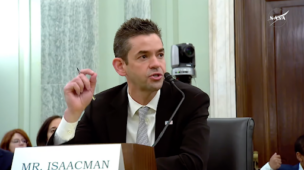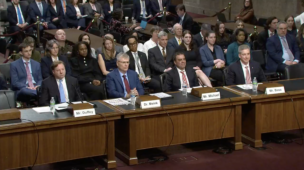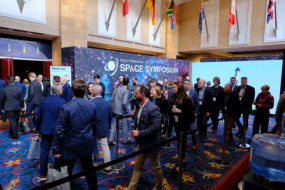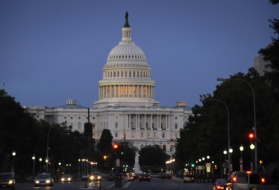Advocates for placing a sunshade in space to address global warming were in DC last week educating officials on Capitol Hill and beyond about the benefits of the technology.
Wait, what? Some climate change activists argue that cutting emissions and removing carbon dioxide from the atmosphere won’t be enough to stop global warming. These officials argue for a third step: sending a planetary sunshade into space to cut solar radiation.
The idea is to station a giant structure at a stable point between the Sun and Earth to provide some shade and reduce temperature rise. While this tech has previously only been the purview of science fiction and cartoons, advocates argue that advancements in solar sail tech and the rise of heavy lift launchers are now making it possible.
The teachers: The Planetary Sunshade Foundation is an advocacy group founded in 2021 to bring together experts to teach policymakers and the public about the benefits of a sunshade, Morgan Goodwin, the executive director of the group, told Payload.
The students: Five representatives of the foundation met with three congressional offices on both sides of the aisle, Goodwin said. They also met with the House space subcommittee, the State Department’s space policy team, and the National Space Council, he said.
“It’s an exciting moment because I think we are stepping into a world where this kind of a project is possible to consider,” he said. “We do have the capability, we do have the sorts of space activities that would support this, and the increasing urgency of the global warming crisis is encouraging people to bring more and more options to the table.”
The ask: Goodwin said the group had two main goals in their conversations with government officials:
- Long term, the foundation is pushing for more overlap between the space and climate sectors, breaking down silos to allow for consideration of ideas like this.
- Short term, the group is asking Congress to fund NASA’s Solar Cruiser mission, which is currently grounded. The mission would advance solar sail tech and teach engineers how to operate at the Lagrange points between the Sun and Earth.
